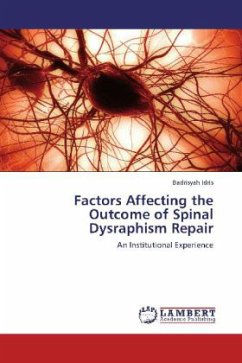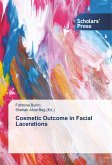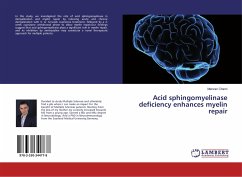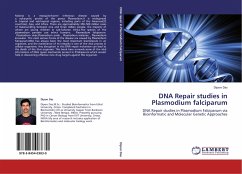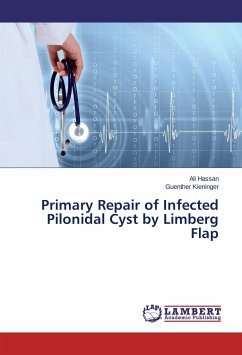Spinal dysraphism is the commonest congenital abnormalities of the central nervous system. This developmental defect can involve the neural tube, notochord, ectoderm, mesoderm and rarely endoderm. The term spinal dysraphism refers to the spinal abnormalities that have incomplete midline closure of mesenchymal, osseous and neural structure. Spinal dysraphism can be classified into open spinal dysraphism or closed spinal dysraphism. Children with spinal dysraphism who survive are likely to have severe, life-long disabilities and are at risk for psychosocial maladjustment. Medical problems may often result from the neurologic defects or from its repair or may be sequelae of the neurologic deficit. This book presents the various factors that can affect the outcome after spinal dysraphism repair from an institutional experience.

